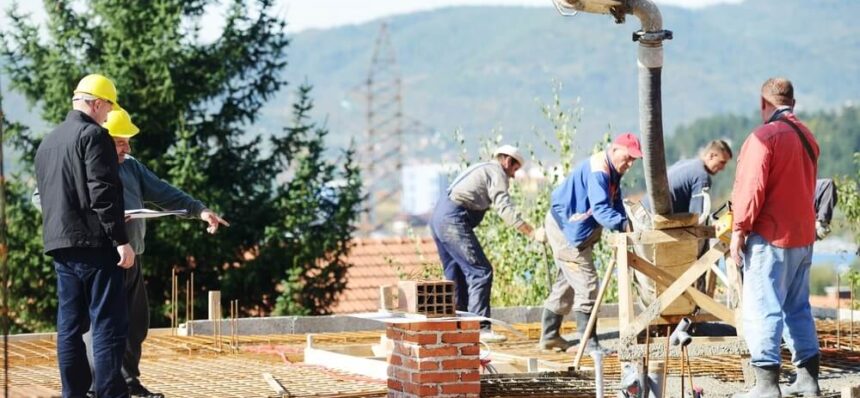Lost Time Injury Frequency Rate – Under Fire As An Incomplete Safety Monitoring Process
As a defined lag indicator of contractor performance in construction injury prevention, the criteria for Lost Time Injury Frequency Rate (LTIFR) sometimes comes under fire as an incomplete resolution to measurable safety returns. Due to the operative variations in LTIFR application, some high-risk industries consider the process somewhat immature as a full-featured and effective safety culture.
By general definition, LTIFR measures the lag in injury prevention performance by one simple criterion: Loss of shift work wherein any jobsite injury results in the associated employee missing out on one shift. Yet many contractors consider LTIFR an unclear gauge for injury severity. In many events, it seems that the responses to jobsite often involve a purposeful effort to avoid loss of shift performance. Thus the associated Loss Time Injury Frequency Rate is shaped not by practical study but rather by deliberate efforts satisfy the technical aspects of LTI. This produces results wherein the associated costs in financial, operational and human suffering due to jobsite injuries remains concealed beneath a fictional waterline.
Review “How Construction Management Improves Jobsite Safety.”
Fundamental Problems Of LTI As A Means For Reducing The Frequency of Jobsite Injuries
- When linked to operational performance bonuses, applied LTIFR safety management sometimes promotes a general organizational tendency to avoid accurate recording of injury depth and conditions
- Demoting indisputable LTI incidents into lower classification eliminates the drive to make urgent response and change
- Inaccurate LTIFR metrics produce a false sense of progress toward effective worker safety and health control measures
- False reporting shifts focus from real incidents and injuries
- AND Inaccurate LTIFR controls and reporting results in inadequate contribution to injury reduction coupled with an ongoing accumulation of questionable safety integrity.
Review “Fatigue Management, How To Reduce It.”
Shifting Loss Time Injuries Monitoring Toward A Total Recordable Injury Frequency Rate
There seems only one-way to effectively correct the complications and inaccuracies associated with LTIFR construction safety monitoring: Make Total Recordable Injury Frequency Rate (TRIFR) your primary metric for capturing LTIs, medically treated injuries. With TRIFR contractors can apply a more comprehensive solution to the issues pertaining to workplace injury.
TRIs ensure that all safety incidents receive equal treatment. Incident severity is assessed on the injury in the first instance and in conjunction with the associated surrounding circumstances. With access to the right real-time construction-based safety monitoring tools, you can remove the distraction of purposefully misreported LTIs. Base benefits of TRIFR programs:
- Supports improved governance by incorporating a broader scope of detailed incident reporting mixed with new and emerging OHS risk factors
- Prompts greater insight toward identification of jobsite safety hot spots
- Ensures like-minded qualification and processes with TRIFR focused suppliers
- Enhances statistic accuracy and promotes greater organizational risk profile identity toward the prevention of jobsite injuries.
Need help with the LTI and TRI forms, data collection and reports management: Use the Assignar responsive data visualizer, complete with a customizable forms generator, and coupled with TRIFR technology to reduce and control jobsite injury frequency, severity and the associated expenses.





